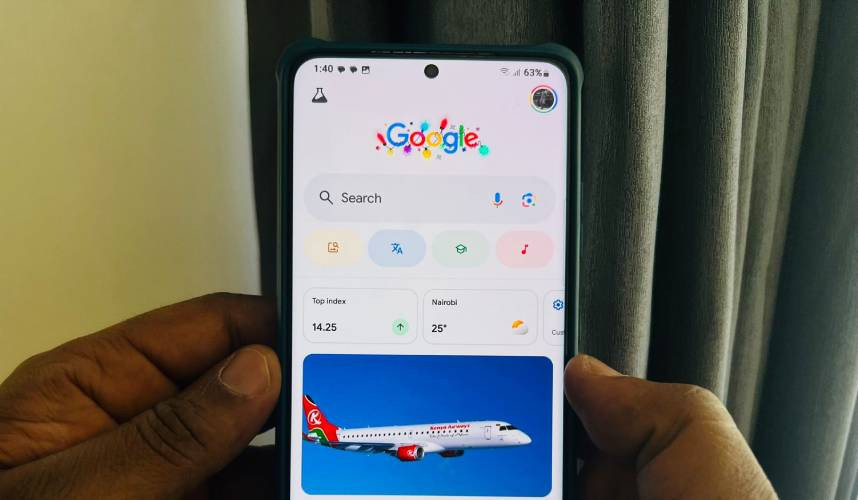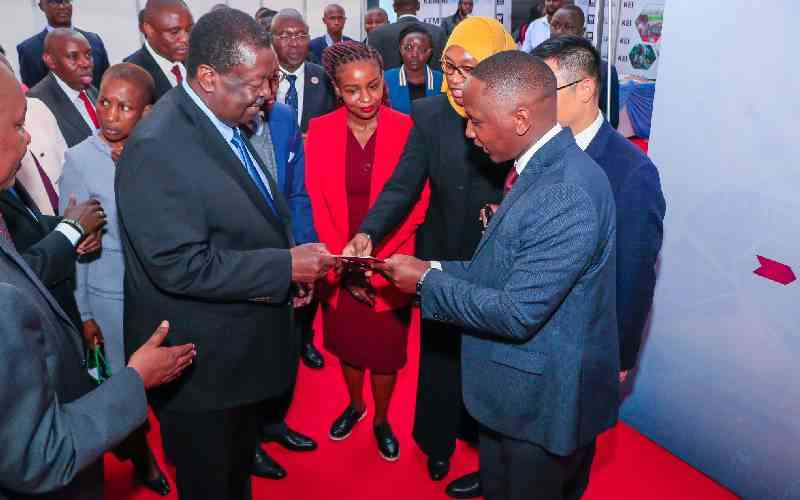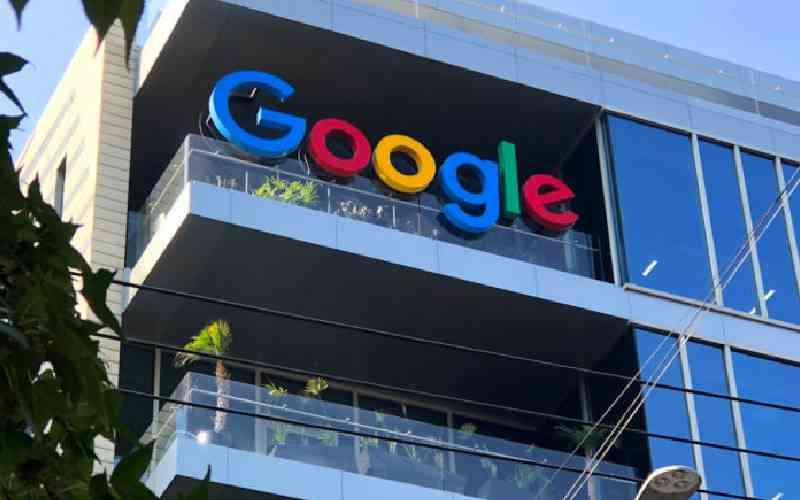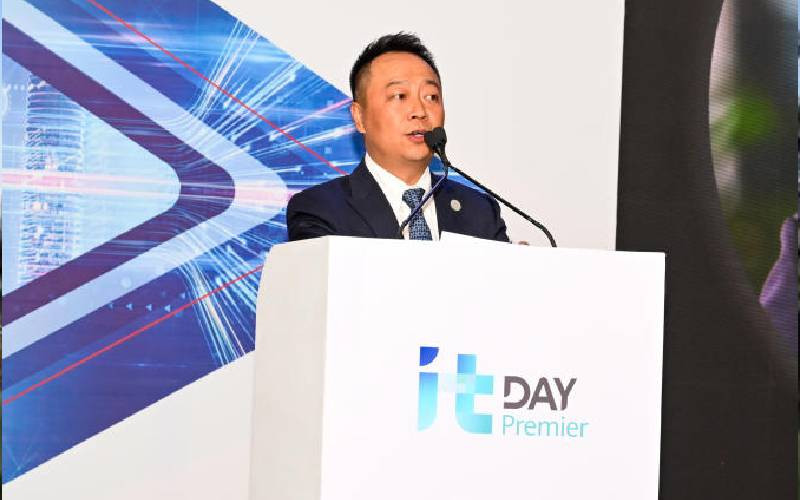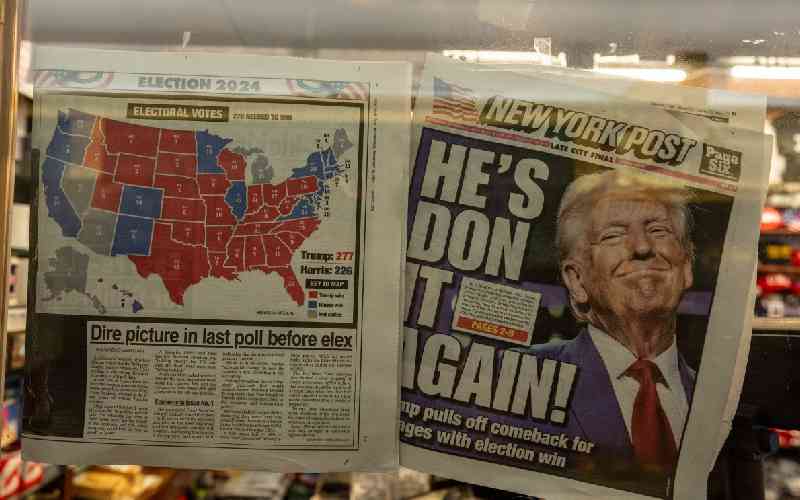
Apple has introduced the iPhone 16 Pro and iPhone 16 Pro Max, setting a new standard for mobile technology.
These new models feature cutting-edge innovations powered by the A18 Pro chip and the debut of Apple Intelligence.
The launch of the iPhone 16 and 16 Pro Max has sparked debate, especially in developing markets like Kenya.
Many are asking: do the incremental improvements justify the high price?
At first glance, the iPhone 16 doesn’t look much different from the iPhone 15.
The main changes are in colour options like ultramarine and teal. The back camera layout is now vertical, like the iPhone X, to support spatial photography.
During the launch, Greg Joswiak, Apple’s senior vice president of Worldwide Marketing, said customers will be able to apply edits to a photo without lifting a finger... or using the advanced camera system to capture their next masterpiece in 4K120 fps in Dolby Vision.
But nothing much has changed in the device’s design, dimensions, or button layout.
The new A18 chipset gives a 20-30% performance boost, according to Apple.
This improves gaming, multitasking, and future AI-driven features like advanced photo editing and real-time translation.
Still, the display refresh rate remains at 60Hz, while competitors like the Samsung Galaxy S24 offer smoother 120Hz displays.
Apple has improved the camera system. The iPhone 16 Pro Max now offers 48MP, ultrawide lenses, and 5x telephoto zoom.
It’s a great tool for capturing quality images. Its competitor, Samsung's Galaxy S24 Ultra features a 200MP camera, raising questions whether Apple’s updates are enough to compete.
Apple improved battery life slightly, now offering 22 hours of video playback up from 20 hours of iPhone 15.
The iPhone 16's 25W fast charging is much slower than Samsung’s 45W, which can charge 50% in 20 minutes.
In Kenya, where power is inconsistent, faster charging would be a big advantage for Android phones.
The biggest issue is the price. The iPhone 16 starts at $799 (around KES 117,000), while the Pro Max goes up to $1,199 (around KES 175,000).
For many Kenyans earning KES 20,000 to 25,000 a month, this is a luxury.
"Buying the latest iPhone could take up to six months of savings," making it unattainable for most.
Brands like Tecno, Infinix, and Xiaomi offer competitive specs at lower prices. As Tech reviewer MKBHD puts it, while Apple’s ecosystem is seamless, "It’s also very expensive," making it a tough sell in markets like Kenya.
The iPhone 16 faces stiff competition from Android devices like the Samsung Galaxy S24 and Google Pixel 9.
These phones offer high-end features like dynamic AMOLED screens and fast charging at better prices.
Even mid-range phones like the Galaxy A54 perform well for a fraction of the cost.
While Apple’s A18 chip and AI features are impressive, it remains to be seen if they can draw consumers away from cheaper Android options.
 The Standard Group Plc is a multi-media organization with investments in media platforms spanning newspaper print
operations, television, radio broadcasting, digital and online services. The Standard Group is recognized as a
leading multi-media house in Kenya with a key influence in matters of national and international interest.
The Standard Group Plc is a multi-media organization with investments in media platforms spanning newspaper print
operations, television, radio broadcasting, digital and online services. The Standard Group is recognized as a
leading multi-media house in Kenya with a key influence in matters of national and international interest.


